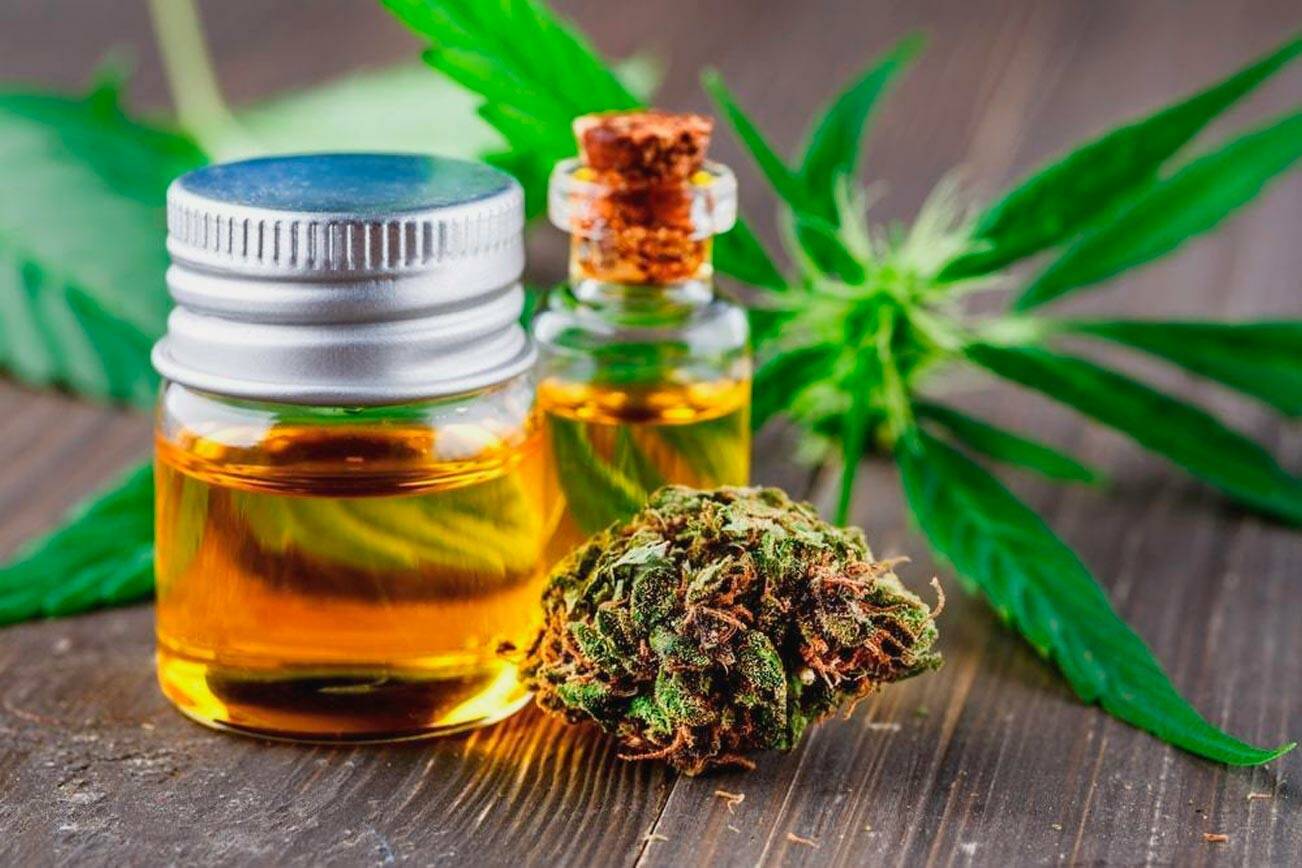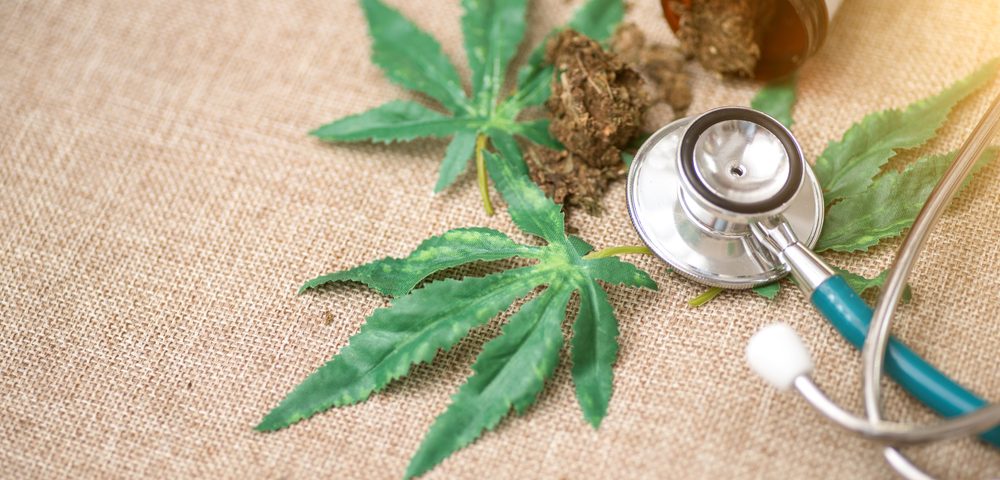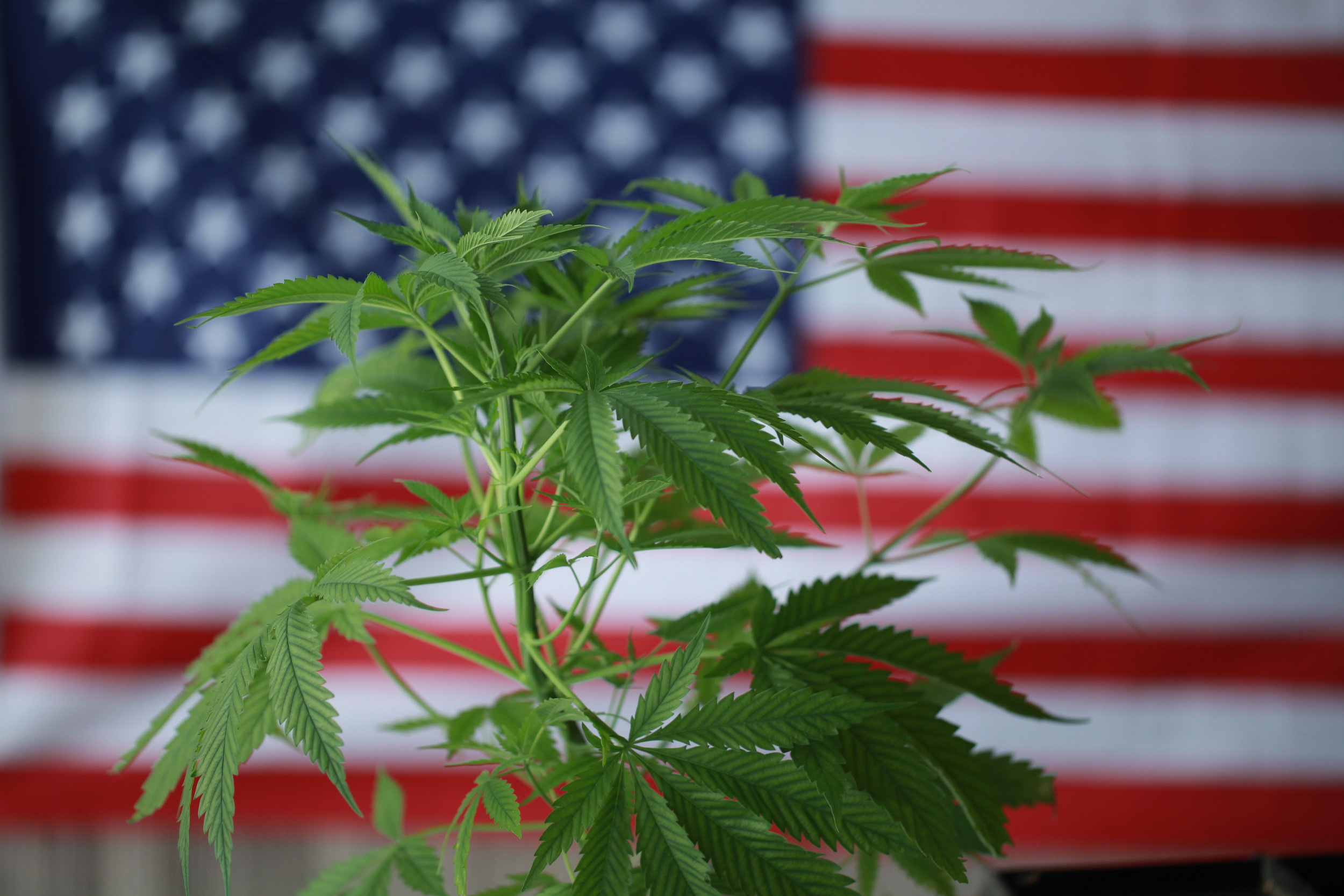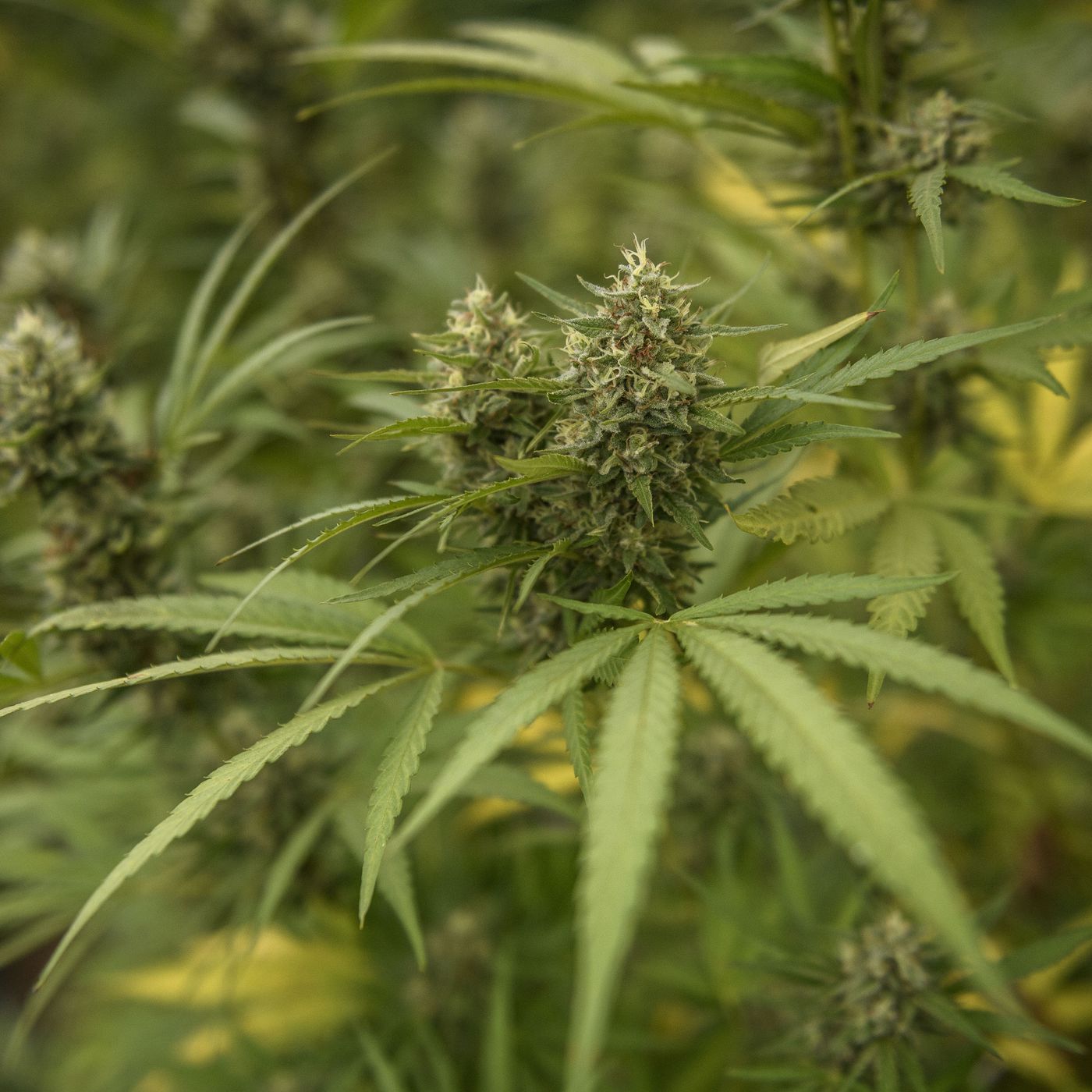Marijuana Is A Type Of What? Us Cannabis Legalization
Us Cannabis Legalization: This mixture of dried, shredded leaves and stems from the Plant cannabis sativa is known as marijuana (cannabis). Recreational users use marijuana to get high, while medical users utilize it to treat a variety of conditions. THC is the psychoactive ingredient in marijuana (delta-9-tetrahydrocannabinol). Marijuana is the most commonly abused drug in the United States, according to the National Institute of Mental Health (NIDA).
Us Cannabis Legalization: Use of marijuana for medical and/or recreational purposes has been made legal or decriminalized in a number of U.S. states. Possession of marijuana (cannabis) has still been prohibited under federal law in the United States, except in permitted research settings.
Marijuana Extracts Are A Type Of Product Made From Marijuana.
Us Cannabis Legalization: Marijuana’s most potent forms include sinsemilla, hash or hashish, and hash oil (a black liquid). There has been an increase in the use of THC-rich products known as dabbing. THC-rich marijuana extracts include the following:
- Is a type of cannabis oil
- Substance that is both liquid and solid at the same time
- A substance that breaks apart into small pieces when struck with force

Marijuana Is Used In What Ways? Us Cannabis Legalization
Us Cannabis Legalization: Marijuana is commonly used in the following ways:
- It can be inhaled or vaporised
- Eat it (often called “edibles”)
- Use it to make tea
Us Cannabis Legalization: Cigarettes, pipes, and water pipes can all be used to smoke marijuana; the latter two are termed joints and nails, respectively (“bong”). There are “blunts,” which are refilled “blunts,” which are cigars that have had the tobacco removed and refilled with marijuana. Cannabis’ active components are mixed with nicotine as well as other dangerous substances because the “blunts” hold tobacco leaves required to wrap a cigar.
Us Cannabis Legalization: Those who don’t want to inhale smoke are also big fans of vaporizers. The vapors, not the smoke, is inhaled by the user after the THC from of the marijuana has been concentrated into a storage unit. Vaporizers with significant THC content can result in emergency department admissions for novice users.
Marijuana Can Also Be Consumed As A Tea Or Added To Food.
Us Cannabis Legalization: People who don’t want to smoke marijuana can now buy it in the form of gummy bears, cookies, brownies, and chocolates in states which have authorized the selling of recreational marijuana.
It can take over an hour for the “high” to kick in with edibles, but it can linger for many hours. Some consumers are unaware of it and may at first drink more product believing they haven’t yet taken enough..
This could result in high quantities of THC and other undesirable effects. In certain cases, edibles have resulted in emergency room visits for those who consumed too many of them.
THC in cannabis is readily absorbed by the body’s fat tissues, including those found throughout the body’s numerous organs. Traces of THC can be found in urine for days or even weeks following a smoking session, according to routine urine testing methods. Traces are sometimes detectable for weeks in heavy chronic users.
When It Comes To Becoming Stoned, How Does Marijuana Work?
THC (delta-9-tetrahydrocannabinol) is the primary psychoactive component in marijuana. Buds, which are the dried flowers, have the highest quantities of THC. Immediately after inhaling marijuana smoke, THC enters the bloodstream, where it travels to the brain as well as other parts of the body. It takes anything from 30 minutes to an hour for the effects of edible marijuana to kick in.
To get the euphoria or “high” that possesses a wide range, marijuana’s THC binds to certain brain receptors known as cannabinoid receptors. This sets off a cascade of cellular processes. Dopamine, a neurotransmitter connected to the reward system, is released when the endocannabinoid system is activated. The hippocampus, cerebellum, basal ganglia, and cerebral cortex all have larger concentrations of cannabinoid receptors than other parts of the brain. Memory, focus, pleasure, coordination, sensory, and time perception are all affected by these areas.
Relaxation, pleasure, and heightened sensory sensitivity are possible side effects. Novice users may experience anxiety, paranoia, or even a panic attack if they consume too much or too strong of a dose of THC.
The potency of marijuana’s THC has a direct relationship to its potency in terms of its effect on the user. The THC content of various strains will vary. Since the 1990s, when THC level in marijuana was less than 4%, the percentage of THC in marijuana has steadily increased. In the modern era, it may contain THC concentrations of up to 50% or more, and extracts may contain much more.
What Cannabinoid-Based Prescription Medications Are Currently On The Market?
Us Cannabis Legalization: Since it has no recognized medicinal value and a significant abuse potential under the Controlled Substances (CSA), marijuana is classified as a Schedule I drug in the United States. Marijuana’s accessibility for clinical research investigations could be limited by this Federal definition. Many US states, on the other hand, have legalized or decriminalized the possession or use of marijuana for medical and recreational purposes.
It is possible to obtain prescription drugs that include synthetic cannabinoids (THC). A synthetic cannabinoid called nabilone and a medicinal version of THC called dronabinol have both been given FDA approval for the treatment of specific ailments.
- Marinol and generics (dronabinol capsules) – Schedule III Controlled Substance.
- Syndros (dronabinol oral solution) – Schedule II Controlled Substance.
- Cesamet (nabilone capsules) – Schedule II Controlled Substance
- Cesamet (nabilone) and dronabinol (Marinol and Syndros) are approved to treat nausea and vomiting in cancer patients undergoing chemotherapy, particularly those who have not responded to prior treatments.
- The FDA has approved Marinol (Marinol) and Syndros (Syndros) for the treatment of anorexia (lack of appetite) linked with weight loss in AIDS patients (Acquired Immune Deficiency Syndrome).

Epidiolex
Us Cannabis Legalization: A cannabinoid medication known as Epidiolex (cannabidiol) was given the go light by the FDA in June of this year. Patients older than a year old with seizures linked to Lennox-Gastaut syndrome (LGS), Dravet syndrome, or tuberous sclerosis complex are treated with this medication. As the first FDA-approved cannabis-derived medication, Epidiolex contains CBD, a refined drug component. It’s a liquid that can be swallowed.
Eating less and feeling tired and drowsy were some of the most common negative effects of Epidiolex treatment. In September 2018, the DEA downgraded this from a Schedule I to a Schedule V restricted substance. Epidiolex will be declassified from the DEA’s list of restricted substances in the US in April 2020.
Sativex Is The Medication Of Choice (Nabiximols): Us Cannabis Legalization
Us Cannabis Legalization: There are dozens of nations outside the US where Sativex (nabiximols) can be purchased, including Canada, the United Kingdom, Australia, New Zealand, and other European countries. It is not currently approved for usage in the United States. THC and cannabidiol are combined in a 1:1 ratio as an oral sublingual (under the tongue) spray (CBD). Some nations have approved it for use in MS spasticity and persistent cancer pain.
Is Thc Detected In A Drug Test For Prescription Cannabinoids?
Us Cannabis Legalisation: It’s possible to test positive for THC in urine using Marinol or Syndros and Epidiolex. Cesamet is structurally distinct enough from THC that an urine drug THC metabolite test will not be generated, according to research studies.. Sativex also isn’t approved for use in the United States, but it will still show up on a drug test. Patients should inform their doctors and the testing lab about any medications they are currently taking, including OTC and prescription medications (including medical marijuana), herbal supplements, and vitamins and supplements.
How Many Individuals In The United States Smoke Marijuana?
Us Cannabis Legalization: Marijuana is the most often abused or used drug in the United States. Adults aged 12 or older reported consuming marijuana at a rate of over 18 percent (49 million) in 2020. Among those who are younger, the prevalence is even higher, as should be expected.
According to the 2020 Household Survey on Drug Use and Health, marijuana is the most commonly used illicit drug in the United States.
Over 49 million people (17.9%) of all ages who took part in the study said they had used marijuana in the year before.
Adolescents aged 12 to 17 used marijuana at a rate of 13.8% in the previous year, according to the same poll.
Marijuana use peaked in the 18-to-25-year-old demographic, with a prevalence rate of 34.5%. (11.6 million).
This year’s Tracking the Future Survey from the National Institute on Drug Abuse found that in 2020, the daily use of marijuana among eighth graders was at or near the highest observed level since 1991. (NIDA). The daily incidence in these grades declined from 4.1% in 2020 to 3.1% in 2021, but (p.001) in 2021.

Marijuana Consumption Can Have Certain Short-Term Consequences: Us Cannabis Legalization
Us Cannabis Legalization: It is impossible to generalize about the effects of marijuana usage since they differ from person to person and depend on a variety of factors, including the potency and frequency of exposure to THC. Older or younger users, first-time users, and those that use the Content products are at greater risk of experiencing negative side effects.
Us Cannabis Legalization: Marijuana’s short-term impacts include:
- A skewed perspective (sights, mood, sounds, time, touch)
- Response times are slower
- Face flushed
- A lack of saliva
- Lack of motor coordination
- Dizziness
- Difficulty remembering or solving problems
- A rise in hunger
- Speeded up heartbeat
- A lack of stability
- Agitation, anxiety, bewilderment, panic, paranoia, apprehension
- Some people have hallucinations (seeing things that are not there)
- Fantasies and hallucinations (believing false things)
- Psychosis is more prevalent when marijuana with high levels of THC is consumed on a daily basis (National Academies of Science)
Us Cannabis Legalization: Driving while impaired of cannabis can be dangerous because of reduced reaction time. In the eyes of the National Academies of Science, this is now a matter of public safety. Driving while impaired of THC impairs a driver’s reaction time, judgement, and ability to respond to signs and sounds, according to NIDA studies. Combined use of marijuana and alcohol can exacerbate these effects.

